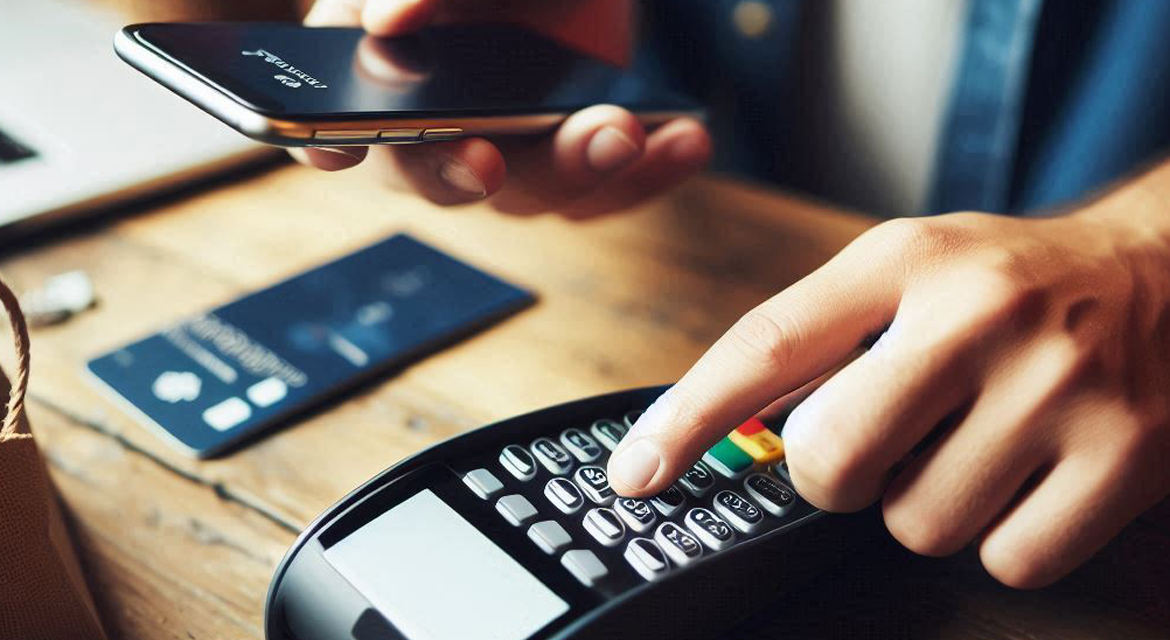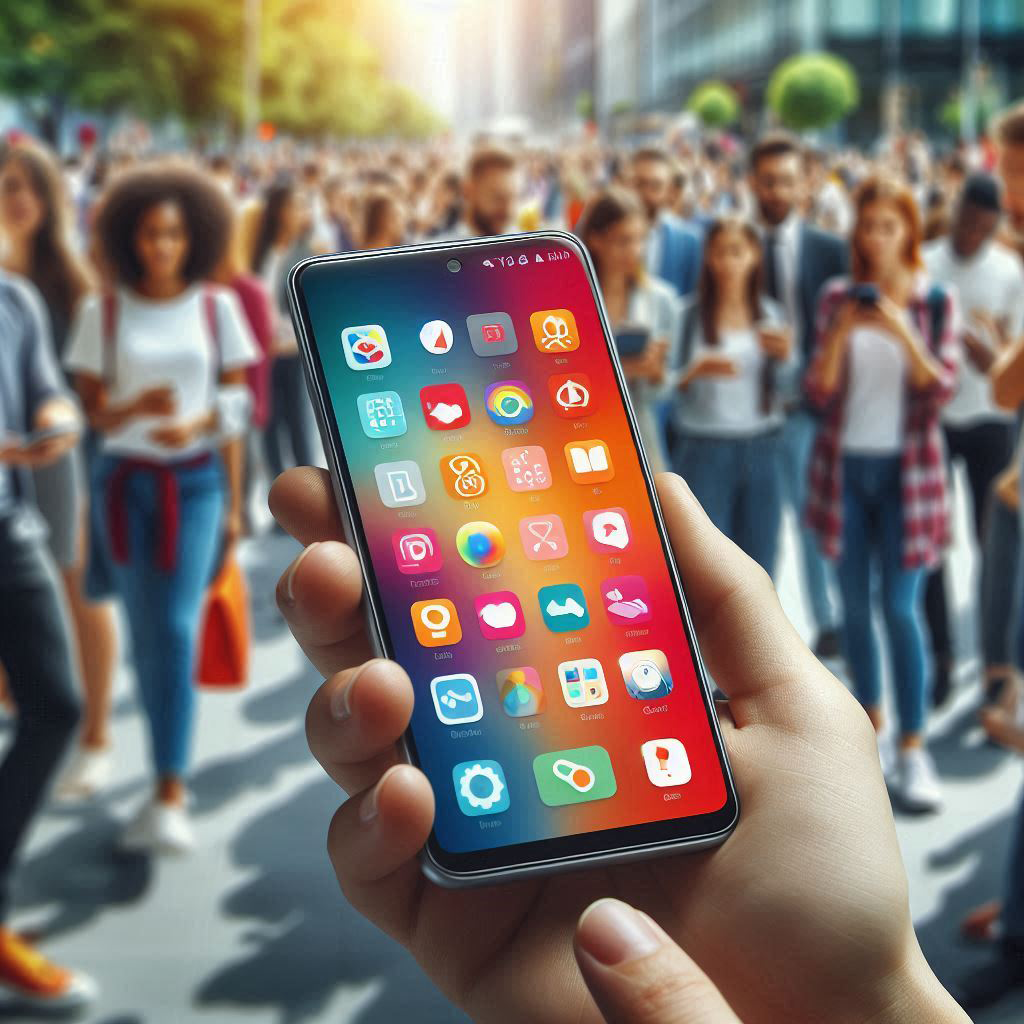Gone are the days of fumbling through a bulging wallet stuffed with receipts from last year’s coffee runs and a zillion loyalty cards you never use. Enter the digital wallet, the high-tech solution to our overstuffed, under-organized pockets. But what exactly is a digital wallet, and is it worth making the switch? Let’s dive in with a healthy dose of humor and some practical insights.
What’s a Digital Wallet, Anyway?
Picture this: You’re at the grocery store checkout, and instead of digging through your bag like a treasure hunter on a wild goose chase, you simply tap your phone or smartwatch, and voilà! Payment complete. That’s the magic of a digital wallet.
In technical terms, a digital wallet is an electronic version of your traditional wallet. It stores your payment information securely, allowing you to make transactions with a tap, swipe, or click. Think of it as having a personal assistant who never loses your stuff and always remembers your passwords (we wish!).
The Pros of Digital Wallets
- Convenience at Your Fingertips: Digital wallets streamline your shopping experience. Whether you're buying your favorite latte or splurging on a spontaneous online shopping spree, paying with your phone is as easy as pie. No more rummaging through a pile of receipts or forgetting your wallet at home.
- Enhanced Security: Worried about fraud? Digital wallets use encryption and tokenization to protect your payment information. Plus, features like biometric authentication (fingerprint or face recognition) add an extra layer of security. It's like having James Bond guard your credit card details.
- Organized and Clutter-Free: Goodbye to cluttered wallets and hello to a streamlined, digital solution. Digital wallets neatly organize your cards, loyalty programs, and even tickets. Your traditional wallet will be green with envy.
- Faster Transactions: In the age of instant gratification, waiting even a few extra seconds at the checkout feels like an eternity. Digital wallets speed up the payment process, making both in-store and online transactions lightning-fast. It’s like having a FastPass for your wallet.
The Cons of Digital Wallets
- Technology Hiccups: Ever tried to use your phone to pay only to realize your battery is dead? Oops. Technology is great when it works, but when it doesn’t, you might find yourself in an awkward spot. Remember, even the best gadgets have their off days.
- Limited Acceptance: While digital wallets are becoming more widely accepted, there are still some places that cling to cash or traditional card payments. It’s like trying to pay for your groceries with a unicorn – magical, but not always practical.
- Security Concerns: Yes, we listed security as a pro, but it can also be a con if you’re not careful. Digital wallets are secure, but they rely on your device’s security settings. If your phone is lost or hacked, your financial information could be at risk. Just like you wouldn’t leave your real wallet unattended in a busy café, keep your digital wallet secure.
- Learning Curve: For some, switching to a digital wallet involves a bit of a learning curve. It might take a while to get used to tapping your phone instead of swiping your card. And if you’re tech-challenged, it might feel like trying to teach your grandma to use Snapchat – doable, but not without a few hiccups.
Examples of Popular Digital Wallets
- Google Pay: Google Pay works in over 40 countries and uses near-field communication (NFC) technology to enable payments. You can add a debit card, credit card, PayPal account, or bank account to make purchases. It also allows you to send money to family and friends. Fun fact: Google Pay integrates with other Google services, making it incredibly convenient for Android users.
- Venmo: Venmo, a subsidiary of PayPal, is popular for peer-to-peer payments. You can connect your bank account, debit card, or credit card to make purchases and send money to friends. It’s great for splitting bills and sharing expenses. Plus, with its social feed feature, you can see your friends’ transactions (and they can see yours!), turning payment into a social activity.
- Apple Pay: Apple Pay is widely used by iPhone users. It uses a device account number (DPAN) to protect your account information and allows you to make purchases in stores, pay for public transit, and send money to friends. With support for Apple Watches and integration with various apps, it's a seamless option for Apple fans.
- Cash App: Developed by Block, Cash App offers instant money transfers, a customizable debit card, and the ability to invest in shares and Bitcoin. It’s popular for peer-to-peer payments in the United States and the United Kingdom. And guess what? You can even buy and sell Bitcoin directly through the app, adding a twist to your financial adventures.
- Paytm: Paytm is India’s leading digital wallet and fintech platform. It enables a range of transactions, from mobile top-ups to utility bill payments and e-commerce purchases. Paytm’s QR code technology has transformed digital payments across India. Plus, you can invest in digital gold, making saving a little shinier.
So, should you make the switch to a digital wallet? If you love the idea of a clutter-free, high-tech solution to managing your money, then go for it! Just be prepared for the occasional tech glitch and make sure to keep your phone’s battery charged. Embrace the future of payments with a digital wallet, and you might just find yourself wondering how you ever managed without it.
Remember, even in the digital age, it’s always good to carry a little cash – just in case you encounter a store that’s not ready for your high-tech wallet wizardry. Happy spending!










